How Long for Pomegranate Tree to Bear Fruit
- September 26, 2024
- 0 comment
Pomegranate trees are prized for their vibrant fruit, known for its sweet, tangy seeds packed with health benefits. But one of the most common questions people ask when planting a pomegranate tree is: “How long will it take for my tree to bear fruit?”
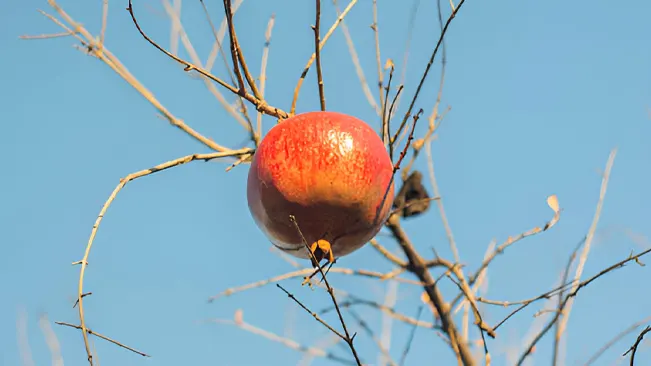
The short answer is that pomegranate trees typically begin to bear fruit within 2 to 3 years after planting. However, several factors, such as climate, care, and the tree variety, can influence this timeline.
Understanding Pomegranate Trees and Fruit Bearing
The pomegranate tree (Punica granatum) is a drought-tolerant plant native to the Mediterranean region. It thrives in warm climates and is often grown in countries like India, Iran, and Mediterranean areas, but it can also be cultivated in parts of the U.S., such as California, Arizona, and Texas.
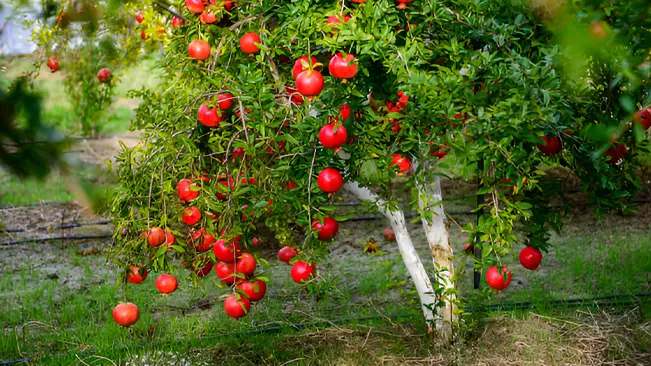
Pomegranates are deciduous, meaning they lose their leaves annually, and they can live for many years—sometimes even up to 200 years under the right conditions. Their fruit is a berry with a tough, leathery skin and contains many seeds (called arils) that are encased in juicy sacs. These arils are what people consume, either fresh or in juices and culinary dishes.
How Long It Takes for a Pomegranate Tree to Fruit
The time it takes for a pomegranate tree to bear fruit depends on several factors, including:
1. Climate and Growing Zone
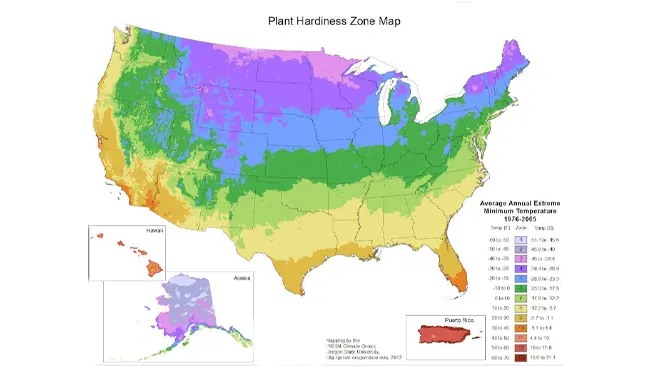
Pomegranates thrive in USDA Hardiness Zones 8-10, where the winters are mild, and summers are hot. A warm and sunny climate encourages faster growth and earlier fruiting. If planted in cooler or less ideal climates, the tree may take longer to fruit or may not fruit at all.
2. Tree Variety
Not all pomegranate varieties fruit at the same time. Some common varieties and their fruiting timelines include:
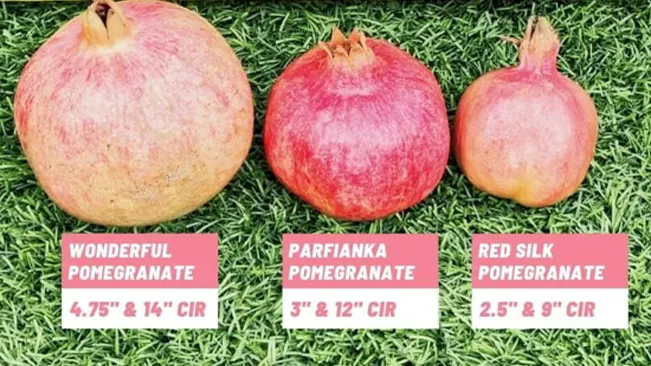
- Wonderful Pomegranate: This is one of the most popular commercial varieties, known for its large, red fruit. It typically begins fruiting in 2-3 years.
- Angel Red: Known for its juicy and soft seeds, this variety can begin fruiting slightly earlier, around 2 years after planting.
- Parfianka: Another popular variety for home gardens, this tree may start producing fruit after 2 years.
3. Planting Method
Whether a pomegranate tree is grown from a seed or a cutting also affects how quickly it bears fruit. Trees grown from cuttings (cloned branches from mature trees) tend to bear fruit faster, within 2-3 years.
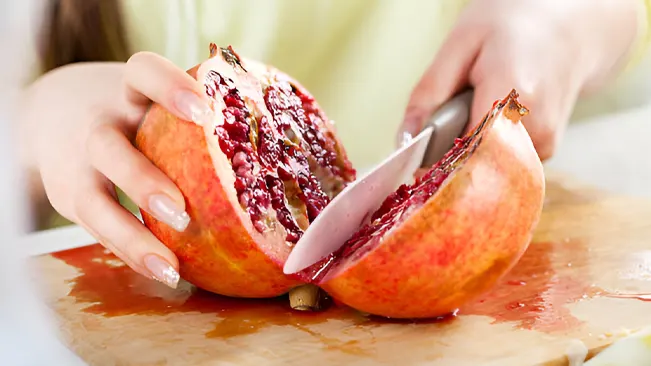
However, trees grown from seeds may take up to 5 years or more to begin fruiting, and they may not retain the same characteristics as the parent tree.
4. Soil Conditions
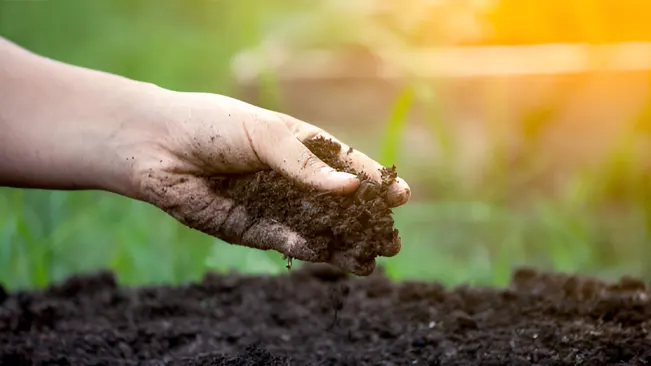
Pomegranates prefer well-drained soil. Waterlogged roots can stunt the tree’s growth and delay fruiting. Adding organic matter or compost to improve drainage can encourage quicker development. A soil pH between 5.5 and 7 is ideal.
5. Care and Maintenance
Proper care is crucial in ensuring that your pomegranate tree bears fruit on time. Regular watering during the growing season (but allowing the soil to dry between watering) and pruning to promote air circulation and sunlight exposure help maintain a healthy tree.

Additionally, applying fertilizer once or twice a year in the early spring and mid-summer will provide necessary nutrients for fruit production.
Types of Pomegranate Trees and Their Impact on Fruiting Time
As mentioned earlier, not all pomegranate varieties are the same when it comes to fruiting time. Here’s how different varieties can affect the fruiting process:
- Dwarf Pomegranates: These are small varieties ideal for containers or small gardens. They may begin to bear fruit slightly earlier, often within 2 years. However, their fruit is typically smaller and less commercially desirable compared to full-sized varieties.
- Cold Hardy Varieties: While pomegranates are traditionally a warm-weather tree, some cold-hardy varieties like Russian 26 can survive temperatures as low as 10°F. These varieties may take longer to bear fruit, especially if exposed to frost or colder conditions.
- Commercial vs. Ornamental Varieties: Some varieties are grown more for ornamental purposes, such as the Nana pomegranate, and may not produce large or edible fruit. These types are more suited for decorative use in gardens rather than for harvesting.
Practical Tips to Speed Up Fruiting
If you’re eager to see your pomegranate tree bear fruit, there are several strategies to encourage quicker production:
- Choose the Right Variety: Opt for early-fruiting varieties like ‘Wonderful’ or ‘Angel Red’ if you’re looking for faster results.
- Provide Adequate Sunlight: Pomegranates need full sun (at least 6 hours of direct sunlight per day) for optimal growth and fruit production.
- Ensure Proper Watering: While pomegranates are drought-tolerant, they produce better yields with consistent watering, particularly during the fruiting period. Water deeply but infrequently to encourage deep root growth.
- Prune Regularly: Pruning is important to allow sunlight to reach the inner branches and to promote healthier growth. Remove dead or damaged branches, and trim any excessive growth.
- Fertilize Appropriately: Use a balanced fertilizer, such as a 10-10-10 mix, in early spring to give your tree the nutrients it needs for growth and fruiting.
Conclusion: What to Expect
Expect your pomegranate tree to begin bearing fruit within 2 to 3 years under ideal conditions. However, the actual timeline can be influenced by the tree variety, climate, soil conditions, and care practices. With the right attention to sunlight, watering, and soil health, you can ensure your tree bears fruit on schedule.
For those planting pomegranate trees from seeds, patience is key, as they may take longer to fruit and might not grow true to the parent plant. On the other hand, planting from cuttings or choosing early-fruiting varieties can expedite the process.
Frequently Asked Questions (FAQ)
- How long does it take for a pomegranate tree to bear fruit?
Most pomegranate trees start bearing fruit within 2-3 years after planting, but this can vary based on factors like tree variety, growing conditions, and care. - Can I grow a pomegranate tree from seed, and how long will it take to fruit?
Yes, you can grow a pomegranate tree from seed, but it may take 5-7 years or longer to bear fruit, and the resulting tree might not have the same characteristics as the parent plant. - Do pomegranate trees need full sun to produce fruit?
Yes, pomegranate trees need at least 6 hours of direct sunlight per day for healthy growth and optimal fruit production. - What kind of soil is best for pomegranate trees to fruit quickly?
Pomegranate trees prefer well-drained soil with a pH between 5.5 and 7. Adding organic matter or compost to improve soil quality will encourage faster growth and fruiting. - How often should I water my pomegranate tree for the best fruit production?
Water deeply but infrequently, allowing the soil to dry between waterings. Consistent watering during the growing season, especially when fruit is developing, is important for good yields. - Do I need to fertilize my pomegranate tree?
Yes, applying a balanced fertilizer (like a 10-10-10 mix) in early spring and mid-summer will help your tree grow faster and produce more fruit. - Can pomegranate trees survive in colder climates, and will they still bear fruit?
Certain cold-hardy varieties, such as Russian 26, can tolerate colder temperatures, but they may take longer to bear fruit if exposed to frost. Pomegranates generally thrive in warm climates.

Kristine Moore
Forestry AuthorI'm Kristine Moore, a seasoned garden landscaping professional with over 30 years of experience. My extensive career has been dedicated to transforming outdoor spaces into stunning, sustainable landscapes. With a deep understanding of horticulture, design principles, and environmental stewardship, I have become a respected figure in the field, known for creating harmonious, visually appealing, and eco-friendly gardens. My commitment to excellence and continuous learning in landscaping trends and techniques has solidified my reputation as an expert in garden design and implementation.













Leave your comment